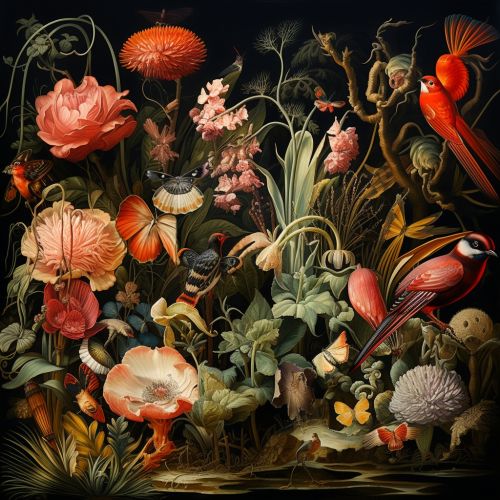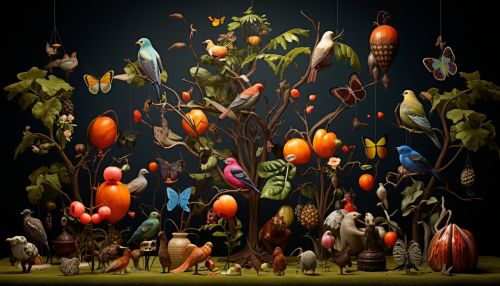Living Organisms
Introduction
Living organisms are complex, self-replicating entities that are capable of growth, development, and reproduction. They are composed of one or more cells, which are the basic units of life. Living organisms can be classified into various categories based on their characteristics, including their cellular structure, mode of nutrition, and the environment in which they live.


Characteristics of Living Organisms
All living organisms share a set of common characteristics that distinguish them from non-living entities. These characteristics include:
- Cellular Structure: All living organisms are composed of one or more cells, which are the basic units of life. Cells can be either prokaryotic or eukaryotic, depending on their structure and complexity.
- Growth and Development: Living organisms grow and develop over time. Growth involves an increase in size and mass, while development involves changes in an organism's structure and function as it matures.
- Reproduction: All living organisms have the ability to reproduce, either sexually or asexually. Reproduction ensures the continuity of life and the propagation of species.
- Metabolism: Living organisms carry out various biochemical reactions known as metabolism, which involves the breakdown of nutrients to produce energy and the synthesis of complex molecules necessary for life.
- Response to Stimuli: Living organisms respond to changes in their environment, a characteristic known as irritability. This can involve changes in behavior, physiology, or morphology.
- Adaptation: Living organisms are capable of adapting to changes in their environment over time, a process driven by natural selection. Adaptations enhance an organism's ability to survive and reproduce in its environment.
Classification of Living Organisms
Living organisms can be classified into various categories based on their characteristics. The most widely accepted system of classification is the five-kingdom system, which includes the kingdoms Monera, Protista, Fungi, Plantae, and Animalia.
- Monera: This kingdom includes all prokaryotic organisms, which lack a true nucleus and other membrane-bound organelles. Examples include bacteria and cyanobacteria.
- Protista: This kingdom includes all eukaryotic organisms that are not classified as plants, animals, or fungi. Protists are a diverse group that includes organisms such as algae, protozoa, and slime molds.
- Fungi: This kingdom includes organisms such as mushrooms, yeasts, and molds. Fungi are eukaryotic organisms that obtain nutrients through absorption.
- Plantae: This kingdom includes all plants, which are multicellular, photosynthetic organisms. Plants are characterized by their ability to produce their own food through the process of photosynthesis.
- Animalia: This kingdom includes all animals, which are multicellular, heterotrophic organisms. Animals are characterized by their ability to move voluntarily and their complex sensory and nervous systems.
Conclusion
Living organisms are a diverse group of entities that share common characteristics such as cellular structure, growth and development, reproduction, metabolism, response to stimuli, and adaptation. Their classification into various kingdoms provides a framework for understanding the diversity and complexity of life on Earth.
